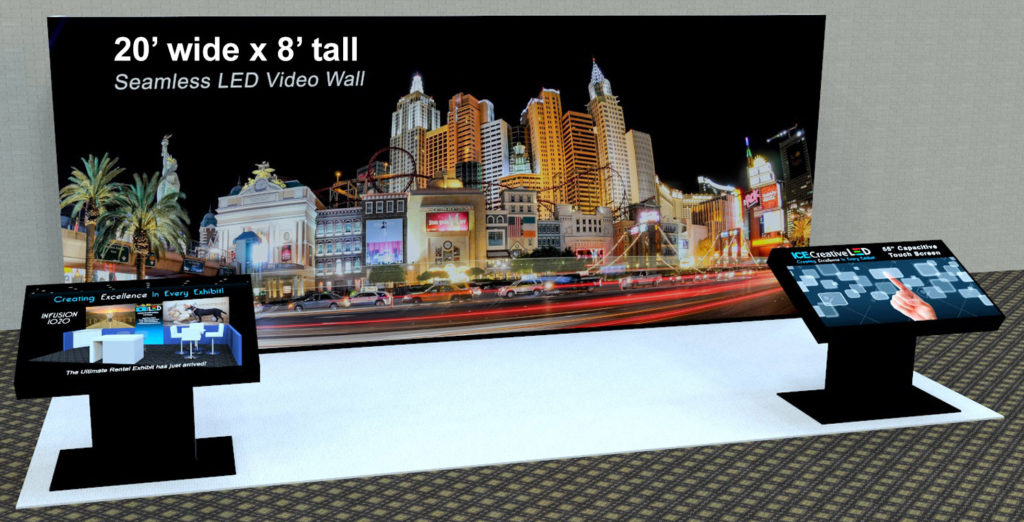Investigating the Effectiveness of Diverse Light Emitting Diode Display Calibration Techniques for Ideal Visual Performance
Wiki Article
LED walls have become increasingly popular in various settings, including theaters, musical events, and corporate events. These large screens provide lively hues and crisp images, making them ideal for graphic displays. However, to attain the optimal display quality, appropriate calibration of LED walls is essential. Calibration refers to the process of adjusting the display settings to ensure that hues, luminosity, and differentiation are precise and uniform. Different calibration techniques can considerably influence the total standard of the display experience, making it vital to investigate the effectiveness of these methods.
One common technique for tuning Light Emitting Diode screens is handheld calibration. This approach involves modifying the parameters by manual means, often using specific tools and software. Technicians typically analyze the screen's color accuracy and brightness levels, making adjustments based on their observations. Manual tuning allows for a significant degree of personalization, as technicians can tailor the settings to the particular setting and material being displayed. However, this approach can be labor-intensive and demands a skilled technician to achieve best outcomes. In spite of its challenges, manual calibration can lead to remarkable display performance when done correctly.
Another common calibration technique is the use of automatic calibration. This method uses software and devices to measure the display's performance and make modifications instantly. Automatic tuning can conserve hours and reduce the risk for human error, as the software can quickly analyze the display and implement the required changes. This method is particularly beneficial in environments where the LED screen is often used for various types of material, as it can adjust to various lighting environments and content needs. While automated tuning may not provide the same level of customization as handheld tuning, it can still provide excellent results for many applications.

A thirdly method worth noting is the application of color calibration tools. These tools, such as colorimeters and spectrophotometers, assess the color results of the web link Light Emitting Diode screen and help ensure that the colors displayed are correct. By employing these instruments, specialists can detect any discrepancies in color reproduction and make the necessary modifications. This method is especially important for applications where hue accuracy is critical, such as in visual art or film creation. Color calibration tools can improve the total visual performance of LED walls, ensuring that the audience sees the intended colors and elements.
In summary, the efficacy of different Light Emitting Diode wall calibration methods plays a vital role in achieving optimal visual performance. Handheld tuning offers personalization but can be time-consuming, while automated calibration provides efficiency and consistency. Additionally, hue tuning instruments help confirm accurate hue reproduction, which is essential for many uses. By understanding and utilizing these tuning techniques, specialists can enhance the display encounter for viewers, making Light Emitting Diode walls an even effective tool for communication and engagement. As innovation continues to advance, ongoing research and evolution in tuning methods will likely lead to more improved display quality in the future.